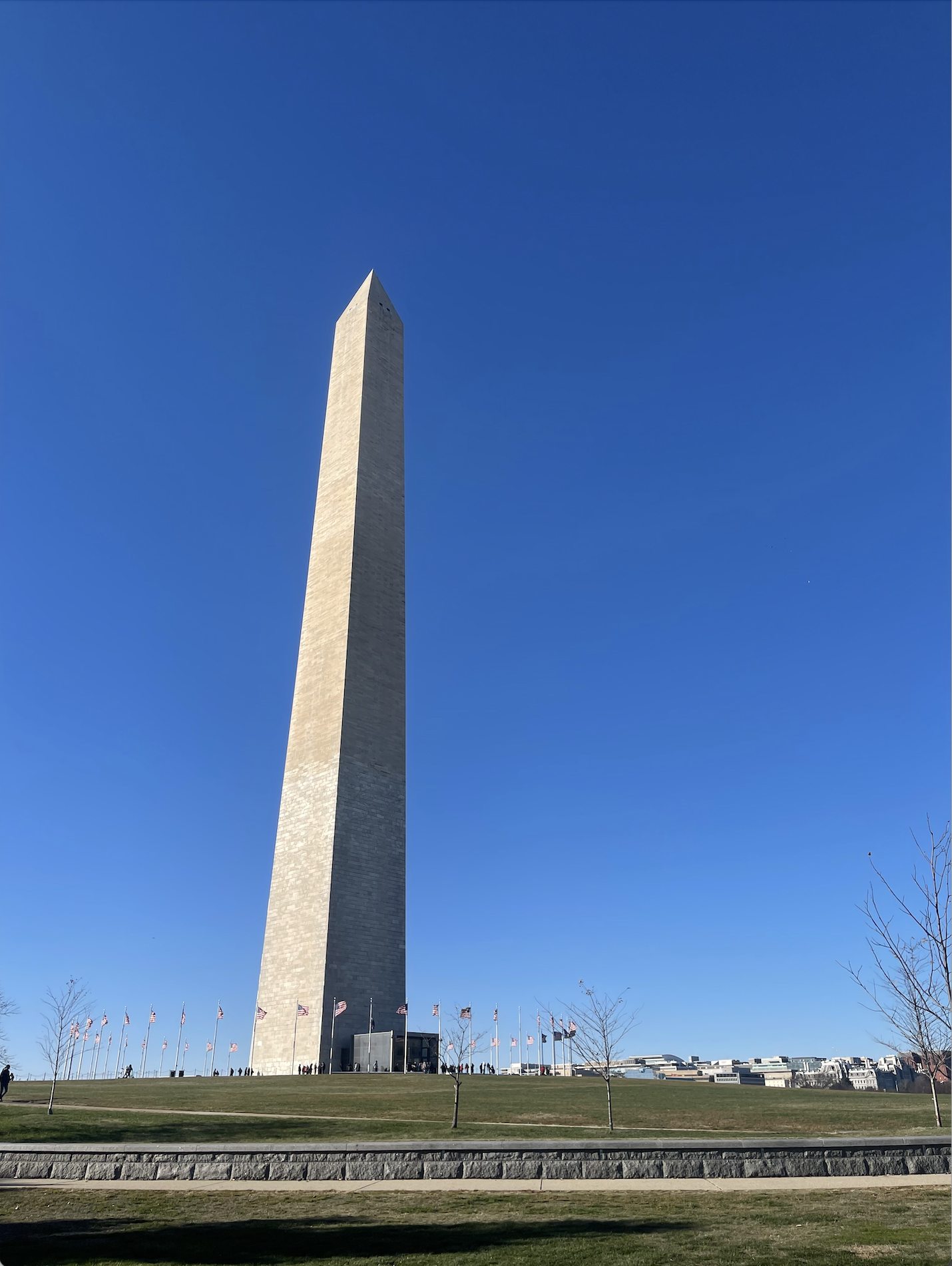By Elizabeth Coss
For the first time in three years, students of Youngstown State University traveled to Washington D.C. to recognize the Holocaust and its impact on history, Nov. 20.
Students were allowed to roam the capital city, with their only requirement being to visit the United States Holocaust Museum. Attendees were encouraged to visit other memorials, museums and monuments, as well.
The trip, which cost $20, was filled up within two hours of opening up to students. The group traveled on two buses and the costs were covered by the Clayman Fund, each with 50 students and several chaperones.
This year, Beeghly College of Liberal Arts, Social Sciences and Education collaborated with the International Programs Office for the trip, which was partially organized by Jesse McClain, an adjunct English professor at YSU.
McClain, who also works at the Jewish Community Center as a Holocaust Education Specialist, said the trip was created almost two decades ago to expand students’ knowledge of the Holocaust, especially those who may not have the ability to take classes on the subject or have not been exposed to deeper parts of its history.
“[The trip] started with a professor named Dr. Helene Sinnerich. She and I organized the trip to the museum as a way to expose students of this to the subject of the Holocaust,” McClain said. “You go in [the museum] and you can actually hear if someone dropped a coin … They can’t believe it occurred, and I think that’s the whole purpose, so we don’t forget and we remember what happened, and hopefully prevent it from happening again.”
According to McClain, the museum allows visitors to travel through the years the Holocaust occurred, starting in 1933 when the museum states the Holocaust begins.
“When you first go in you get in an elevator … and when you come off you’re in 1933, and they consider that the year the holocaust basically got started,” McClain said. “As you progress like a screw through the museum, you go around and around and it goes ‘33, ‘34 and then ‘36 was the Olympics with Jesse Owens, and then it continues on to where one of the first of six death camps was established in Poland.”
The exhibits continue until visitors reach the ground floor, which is the children’s area, called “Daniel’s Story,” which focuses more on the roles people played in the Holocaust as well as the classrooms whose exhibits change annually.
“One year, it was medicine and the role people in the medical field played in the Holocaust. Another year it was jurisprudence: the role that lawyers and judges had played,” McClain said. “I personally am waiting for them to do religion because I’m an ordained minister and I find it interesting they haven’t done it yet.”
McClain said that over the years, the trip has drawn interest from international students and it acts as a way for them to see the capital.
Nicholas DuBos, coordinator for the IPO, helped organize this year’s trip and said the majority of students on the trip were international students.
“I would say out of the hundred people who went, maybe 65% were maybe international and maybe 45% were domestic,” DuBos said. “A lot of people loved it. I’ve talked to a few people I know who went and they just had such a nice time, not only in terms of D.C. but also the museum.”
DuBos also said that there’s a heavy purpose in the trip, some through learning possibilities.
“The whole purpose is not just to go there, but to let individuals know what this museum is about … and to talk about it, and to tie in the whole Holocaust and its era with students who are taking classes on it,” DuBos said.
According to McClain and DuBos, a trip has not yet been planned for next semester, but commonly happens in November every year.


